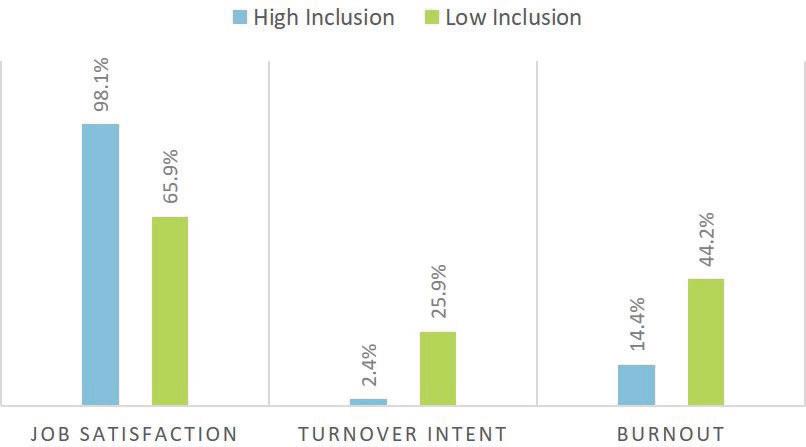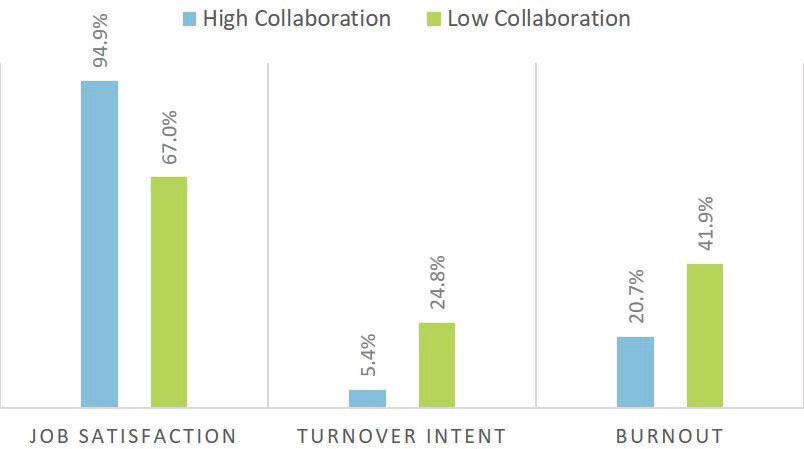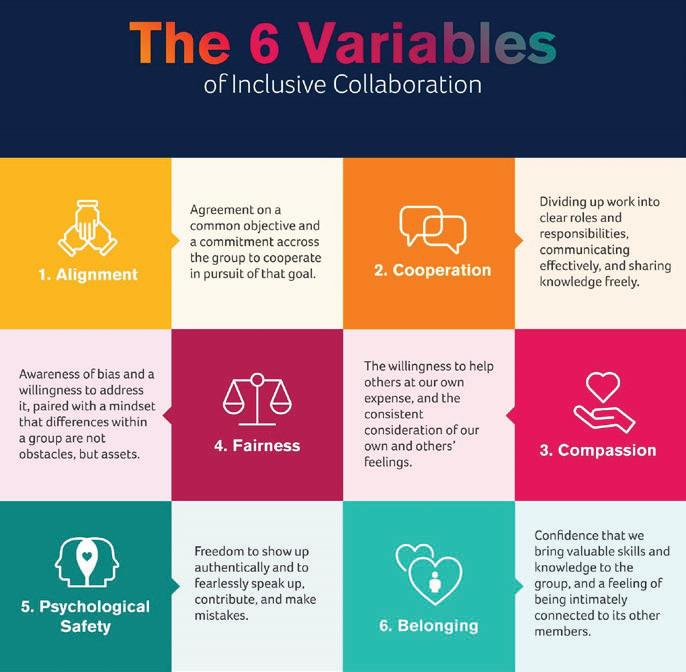This article was originally published in the January 2022 issue of HR News Magazine
We’ve all seen the numbers on how many workers are quitting their jobs. Millions of Americans resigned or retired last year, including 4.4 million in September alone.
Increased employment options enabled job seekers to be more selective, and workers have been choosing opportunities that better align with their goals, values and lifestyles. Self-reflection and layoffs, furloughs and shutdowns brought about by COVID-19 helped bring options for changing careers or retiring into focus for many individuals.
The public sector is not immune. U.S. Bureau of Labor Statistics data show some 800,000 government workers quit in August 2021. And the phenomenon is not confined to the United States. A survey done by HR consultancy Randstad in the United Kingdom found 64 percent of employees in the public sector felt “confident to move to a new job in the next couple of months.”
Numbers such as these, as well as longer-term data showing that what has been dubbed the Great Resignation was ramping up well before the pandemic hit the United States in March 2020, underscore the imperative for organizations to develop and implement effective retention strategies. To do that, organizations must focus on understanding what their workers need now and, then, adapt accordingly.
Revealing the Link Between Inclusion, Collaboration and Intent to Stay
Our team at RallyBright surveyed more than 1,000 U.S.-based working professionals to find out how they were thinking about work amid shifting return-to-office policies and plans. We learned job satisfaction and turnover intent are closely tied to an organization’s climate of inclusion and collaboration. Specifically, as inclusion and collaboration increase, job satisfaction rises. At the same time, turnover intent and burnout decrease.
Our study revealed turnover intent was more than 10 times higher among respondents who worked at low-inclusion organizations. Among employees who rated their organizations highly for inclusion, only 2.4 percent indicated they thought often or very often about leaving their current job. On the other hand, 25.9 percent of employees at low-inclusion organizations stated they often or very often thought about leaving.
Employee burnout was reported to be one-third as common at organizations with high inclusion. Specifically, where inclusion was high, 14.4 percent of respondents indicated that they agreed or strongly agreed they felt burned out from their work. Where inclusion was low, 44.2 percent of respondents stated that they felt burned out.
How Inclusion Affects Job Satisfaction, Turnover Intent and Burnout

Source: RallyBright, https://www.rallybright.com/inclusive-collaboration-report
Ensuring employees feel included is also essential for a group or organization that wishes to reap the benefits of diversity. Indeed, the best a diverse team operating in a noninclusive environment can be is mediocre. Whatever the current makeup of the group or organization, investing in fostering inclusion creates the conditions for all employees to thrive.
Minimizing turnover intent and burnout requires making progress across the inclusion and collaboration variables of alignment, cooperation, compassion, fairness, psychological safety and belonging.
Dial Up Collaboration
Among RallyBright survey respondents who indicated collaboration was high at the organization, nearly all (94.9 percent) reported they were satisfied or very satisfied with their job. That percentage dropped to 67 percent for employees at organizations where collaboration was indicated to be low.
Furthermore, employees at organizations where collaboration was low were 4.5 times more likely to be thinking about leaving their jobs. When collaboration was high, just 5.4 percent of respondents indicated that they thought often or very often about leaving their current jobs. Turnover intent increased to 24.8 percent at organizations where collaboration was low.
A lack of collaboration also contributes to employees becoming burned out. Feelings of burnout were twice as prevalent among employees at organizations with low collaboration (41.9 percent) than at organizations where collaboration was rated as high (20.7 percent).
How Collaboration Affects Job Satisfaction, Turnover Intent and Burnout

Source: RallyBright, https://www.rallybright.com/inclusive-collaboration-report
Inclusion and Collaboration
Organizations can increase job satisfaction and decrease turnover intent by focusing on the six key variables of inclusion and collaboration. These variables are alignment, cooperation, compassion, fairness, psychological safety and belonging. Minimizing turnover intent and burnout requires making progress across the variables, as they combine with current market forces to drive the Great Resignation.
For example, psychologically safe environments encourage individuals to speak up, share ideas, solve problems and make suggestions. When individuals feel heard and supported, they are more likely to feel a sense of loyalty to their team and workplace.
A McKinsey report on best practices for returning to in-person work that was published on July 15, 2021, notes, “Employers who recognize and prioritize psychological safety alongside physical safety in their post-pandemic operations can help employees’ mental health and their own efforts to cultivate inclusive workplaces.”
Leaders must be aware, however, that correlative relationships exist between the six variables of inclusive collaboration. This means focusing solely on cooperation or psychological safety will not create an inclusively collaborative culture.
Emphasize Belonging
Belonging plays a unique role in influencing turnover intention and job satisfaction. The RallyBright survey revealed that 97.7 percent of employees at organizations where belonging was reported to be high felt satisfied or very satisfied with their jobs. Also, only 1.8 percent of employees working in environments that conveyed a sense of belonging indicated they thought often or very often about leaving their current jobs. Where belonging was reported to be low, job satisfaction dropped to 65.7 percent and turnover intent increased to 26.3 percent.
Belonging was also found to impact burnout. Where belonging was high, 16.4 percent of respondents indicated they agreed or strongly agreed to feeling burned out from their work; where belonging was low, 43.7 percent felt burned out.
We all know how it feels to belong, but what should an organization measure when assessing belonging? Think about two key components of belonging, contribution and connection.
In an inclusive environment, each employee feels a strong sense of belonging to the group, both in terms of the work they are doing and the relationships they are forming. Employees are confident that the tasks they perform make good use of their skills and abilities, and that they can show up to perform these tasks as their true selves without hiding aspects of their identity or personality.
Creating a supportive peer culture in which people are encouraged to check in with one another is one way to foster belonging and, in turn, increase job satisfaction. As EY reported on May 11, 2019, one of its surveys revealed “39 percent of respondents say that when colleagues check in with them about how they are doing, both personally and professionally, they feel the greatest sense of belonging at work.”

Foster Inclusive Collaboration Wherever Teammates Are
The shift to virtual and hybrid work brought on by COVID-19 is here to stay. And, of particular interest to HR News readers, when Deloitte surveyed public sector employees for its 2021 Human Capital Trends report, it found 74 percent of respondents believed virtual work had a positive impact on their well-being.
The lesson is that today’s retention strategies need to address workers’ hopes and fears about hybrid work. In “What Employees Are Saying About the Future of Remote Work,” McKinsey notes people are looking for policies around collaboration, connectivity, training and technology. The authors of this April 1, 2021, article note that more than a third of workers rank expectations for collaboration in their top five desired policies.
Organizations that focus on the key variables of inclusion and collaboration—alignment, cooperation, compassion, fairness, psychological safety and belonging—will find themselves better aligned with the goals, values and lives of their employees. Achieving this alignment will effectively position an organization to increase job satisfaction, reduce turnover and prevent burnout, all of which will bolster retention.


